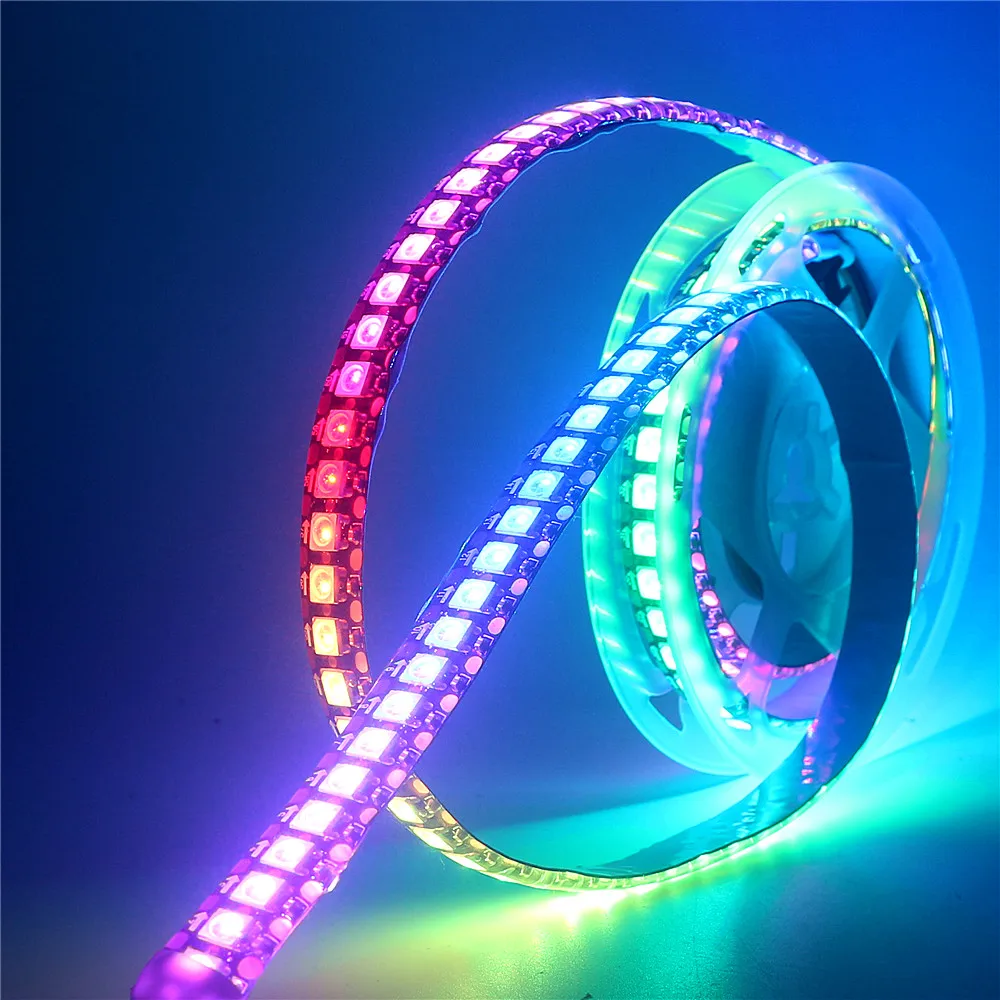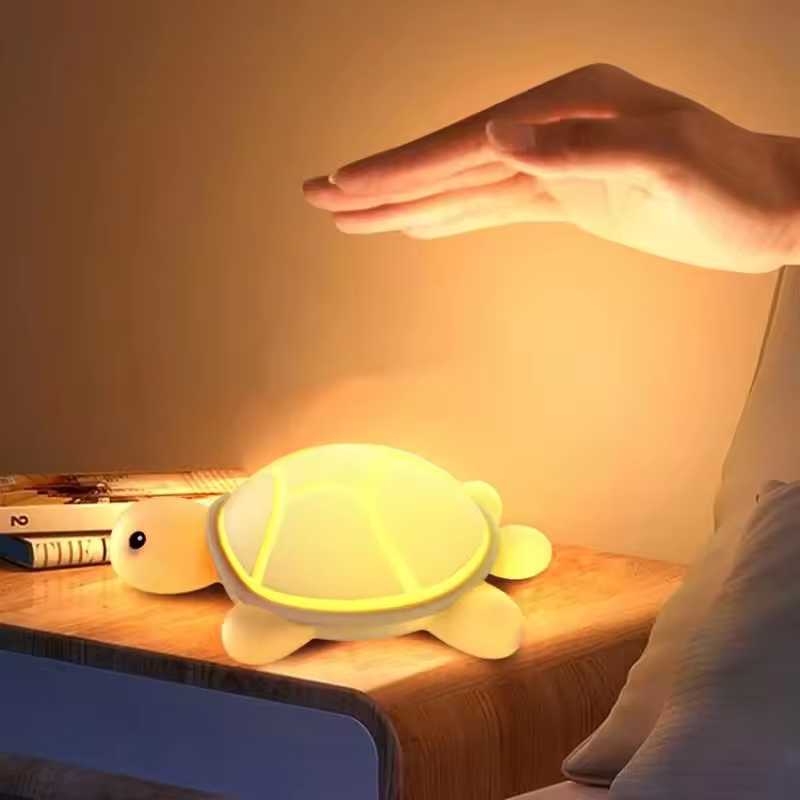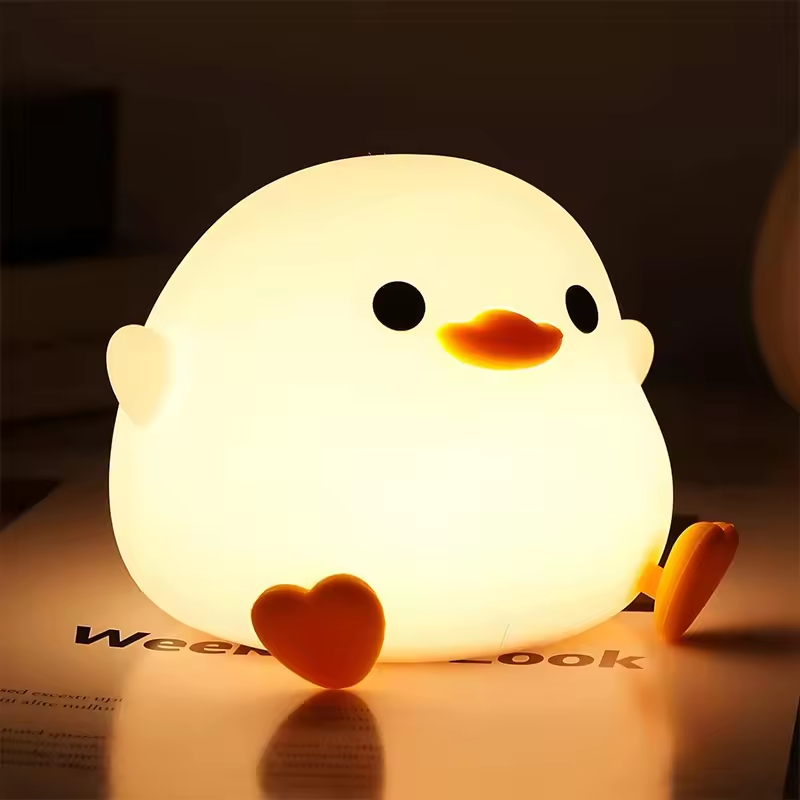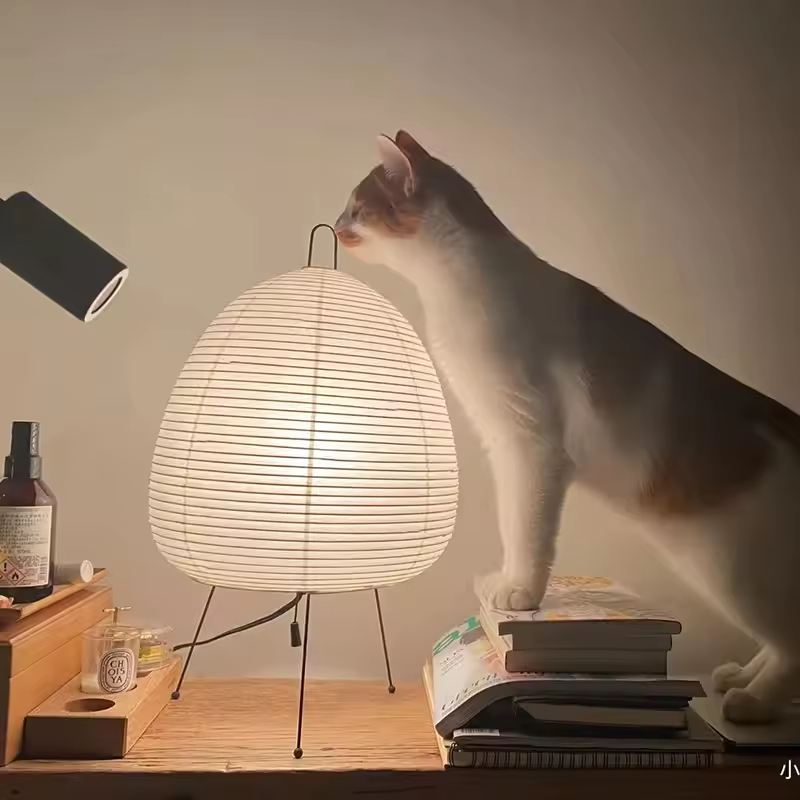Light strips have come a long way since their early days as novelty gadgets. What began as a way to add a splash of color to a home entertainment system has evolved into a versatile lighting solution with applications ranging from home décor to commercial spaces. This evolution has been driven by advancements in technology, a growing focus on smart home integration, and a shift in consumer preferences towards customizable and functional lighting solutions.
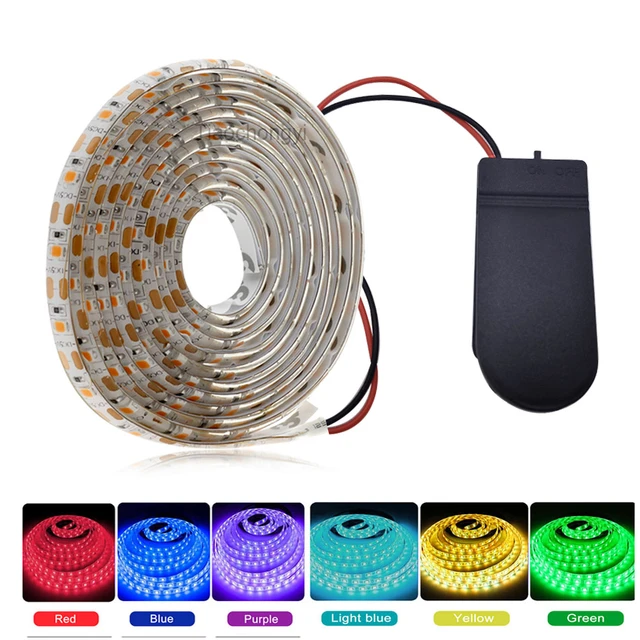 From Simple LEDs to Smart Home Integration
From Simple LEDs to Smart Home Integration
The earliest light strips were simple strings of LEDs, offering basic functionality with limited customization. They were primarily used for decorative purposes, adding ambient lighting to spaces or creating mood lighting for special occasions. The introduction of addressable LEDs, however, marked a turning point. This innovation allowed individual LEDs to be controlled independently, paving the way for programmable lighting effects and dynamic color changes.
The advent of smart home technology further revolutionized the light strip landscape. With the integration of Wi-Fi and Bluetooth connectivity, light strips became accessible to smartphone and voice control, offering unprecedented levels of convenience and customization. Users could now adjust the brightness, color, and even create unique light patterns with a simple tap on their phone or a voice command.
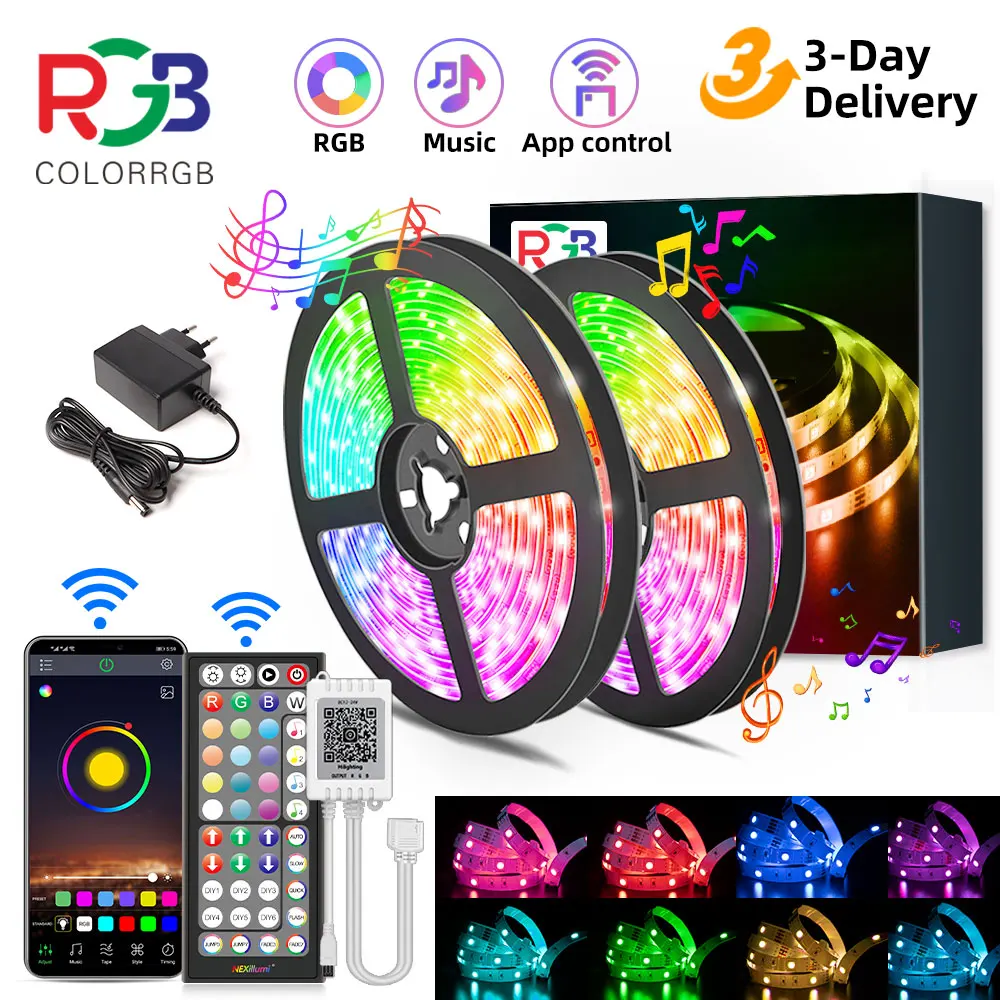 Maintenance tips for light strips:
Maintenance tips for light strips:
Here are some maintenance tips for light strips:
General Care:
- Dusting: Regularly dust your light strip with a soft, dry cloth to prevent dust buildup.
- Avoid Water and Moisture: Do not immerse the light strip in water or expose it to excessive moisture.
- Avoid Bending Excessively: While light strips are flexible, avoid bending them too sharply or tightly, as this can damage the internal components.
- Proper Installation: Ensure the light strip is securely installed and the adhesive strip is properly adhered to the surface.
Specific to LED Strips:
- Overheating: LED strips generate some heat. Make sure there’s adequate ventilation around the strip to prevent overheating. Avoid covering the strip with materials that trap heat.
- Power Supply: Use a power supply that’s compatible with the strip and has the correct voltage and amperage. Overloading the power supply can damage the strip.
- Dimming: If your strip has a dimming function, use it appropriately. Too much dimming can shorten the lifespan of the LEDs.
- Brightness: While LEDs can be very bright, be mindful of how much light you use. Excessive brightness can lead to eye strain.
Troubleshooting:
- Dimming or flickering lights: This could be due to a faulty power supply, damaged wires, or a loose connection.
- Dead LEDs: If you have a few LEDs that are not working, you may be able to replace them. However, if many LEDs are dead, the strip may need to be replaced.
Storage:
- Roll it up: When not in use, roll up your light strip carefully to avoid kinks.
- Store in a cool, dry place: Keep the strip away from extreme temperatures and humidity.
Pro Tip: If you have any concerns about your light strip, consult the manufacturer’s instructions or contact customer support.
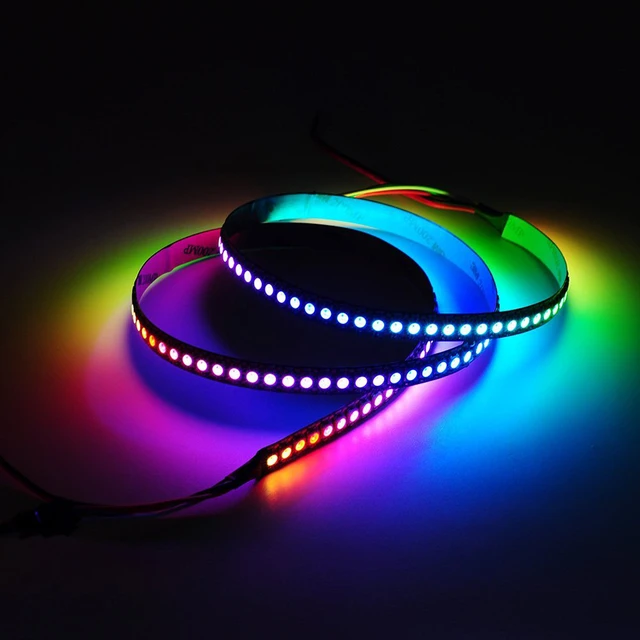 Sustainability and Energy Efficiency: The Future of Light Strips
Sustainability and Energy Efficiency: The Future of Light Strips
The growing focus on sustainability and energy efficiency has also driven the evolution of light strips. Modern light strips are now equipped with energy-saving features such as LED technology and smart dimming capabilities. These advancements reduce energy consumption and contribute to a more eco-friendly lighting solution.
1. Energy-Efficient LEDs:
- Light strips utilize LEDs, which are significantly more energy-efficient than traditional incandescent bulbs.
- LEDs last longer and produce less heat, reducing energy consumption and minimizing environmental impact.
2. Smart Dimming Technology:
- Light strips equipped with smart dimming features allow users to adjust brightness levels based on their needs, further reducing energy consumption.
- This technology promotes optimal lighting conditions while minimizing energy waste.
3. Integration with Smart Home Systems:
- Smart home integration allows for automated lighting control, optimizing energy usage and reducing unnecessary consumption.
- Users can schedule lighting routines or set up automatic dimming based on time of day or room occupancy, promoting energy efficiency.
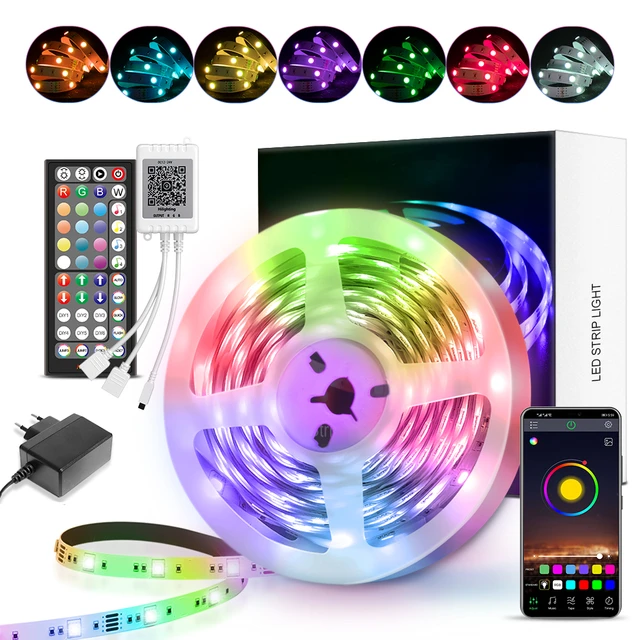 The Future of Light Strips: A Glimpse into the Horizon
The Future of Light Strips: A Glimpse into the Horizon
The future of light strips holds immense potential. Advancements in technology are paving the way for even more innovative and customizable lighting solutions. Here are a few key trends shaping the future of light strips:
1. Advancements in Material Science:
- The development of new materials will lead to lighter, more durable, and flexible light strips, expanding their application possibilities.
- Flexible materials will allow for creative installation techniques, integrating light strips into various surfaces and objects.
2. Integration with Artificial Intelligence:
- Artificial intelligence will enable light strips to respond to user preferences, environmental conditions, and even emotions, creating truly personalized lighting experiences.
- AI-powered light strips will be capable of adjusting brightness, color, and patterns based on real-time data, optimizing lighting for comfort and well-being.
3. Increased Connectivity and Interoperability:
- Light strips will become increasingly interconnected, seamlessly integrating with other smart home devices and platforms.
- This interconnectedness will create a unified and intuitive lighting system, offering centralized control and automation capabilities.
4. Sustainability and Energy Efficiency:
- The focus on sustainability will continue to drive innovation in light strip technology, leading to even more energy-efficient and eco-friendly solutions.
- Light strips will become more durable, longer-lasting, and less reliant on traditional energy sources, contributing to a more sustainable future.
The popularity of light strips
Here’s a breakdown of the popularity of light strips, focusing on the key reasons behind their rise:
Popularity of Light Strips
Trending Applications:
- Gaming: Light strips have become a popular addition to gaming setups, creating immersive environments with dynamic lighting that reacts to gameplay.
- Home Decor: They are used in a variety of ways for home decoration, from accent lighting to creating ambient lighting moods.
- Under Cabinet Lighting: Offering practical and aesthetic benefits, under cabinet lighting illuminates workspaces and adds a stylish touch to kitchens.
- TV Backlighting: Light strips behind TVs help reduce eye strain and create a more cinematic viewing experience by illuminating the wall behind the screen.
Future Trends:
- Integration with IoT: Expect to see even more seamless integration with smart home devices and ecosystems, enabling personalized lighting experiences tailored to individual preferences and routines.
- Advanced Color Capabilities: New technologies like tunable white lighting and expanded color palettes are likely to offer even more creative control and customization options.
- Enhanced Durability: Improved materials and manufacturing processes will contribute to longer-lasting and more durable light strips.
In Conclusion:
Light strips have become a popular lighting solution due to their versatility, affordability, and smart features. The trend is likely to continue, with even more innovative applications and technological advancements on the horizon.
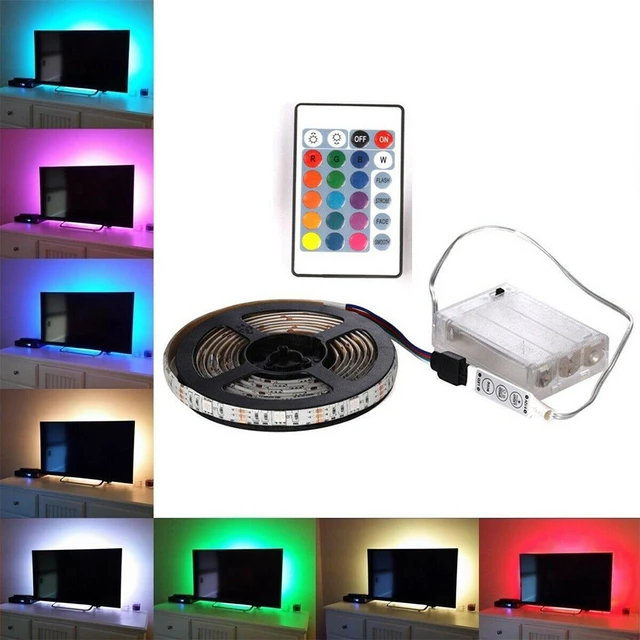 Some tips on how to choose a light strip:
Some tips on how to choose a light strip:
Here are some tips on how to choose a light strip:
1. Consider your needs and budget:
- Purpose: What do you want to use the light strip for? Ambient lighting, task lighting, accent lighting, or something else?
- Length: How long of a light strip do you need? Consider the area you want to illuminate.
- Brightness: How bright do you need the light strip to be? This is measured in lumens.
- Color: Do you want a single color or multiple colors? Some light strips offer a wide range of colors, while others only offer white light.
- Budget: How much are you willing to spend? Light strips can range in price from a few dollars to hundreds of dollars.
2. Look for features:
- Control: How do you want to control the light strip? Some light strips come with remote controls, while others can be controlled with your smartphone or voice assistant.
- Connectivity: Does the light strip connect to Wi-Fi or Bluetooth? This will determine how you can control it and what features it has.
- Waterproof: If you plan on using the light strip outdoors or in a wet environment, you’ll need one that’s waterproof.
- Dimmable: Do you want to be able to adjust the brightness of the light strip?
- Energy efficiency: Look for light strips with a high energy efficiency rating to save on your energy bills.
3. Read reviews:
- Before you buy a light strip, read reviews from other users. This will help you get a better idea of the pros and cons of different models.
4. Shop around:
- Compare prices from different retailers before you make a purchase. You may be able to find a better deal if you shop around.
5. Check the warranty:
- Make sure the light strip comes with a warranty. This will protect you if it breaks down within a certain period of time.
By following these tips, you can choose the best light strip for your needs and budget.
Conclusion: Light Strips – A Revolution in Lighting
From novelty gadgets to essential elements of smart homes and commercial spaces, light strips have undergone a remarkable transformation. Their versatility, customizability, and growing integration with smart home technology have made them an increasingly popular lighting solution. As technology continues to evolve, light strips are poised to play an even greater role in shaping our lighting experiences, offering unprecedented levels of personalization, functionality, and sustainability. The future of lighting is bright, and light strips are at the forefront of this exciting revolution.
